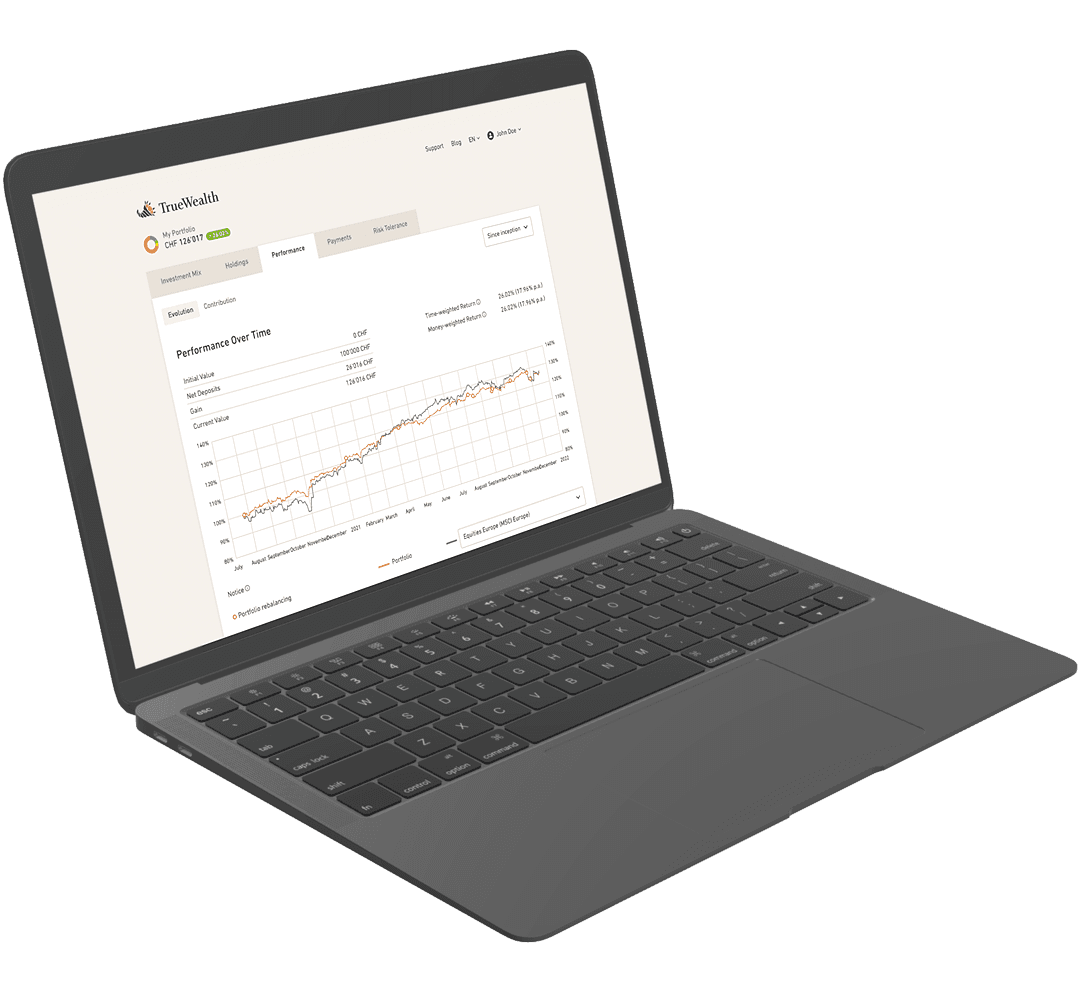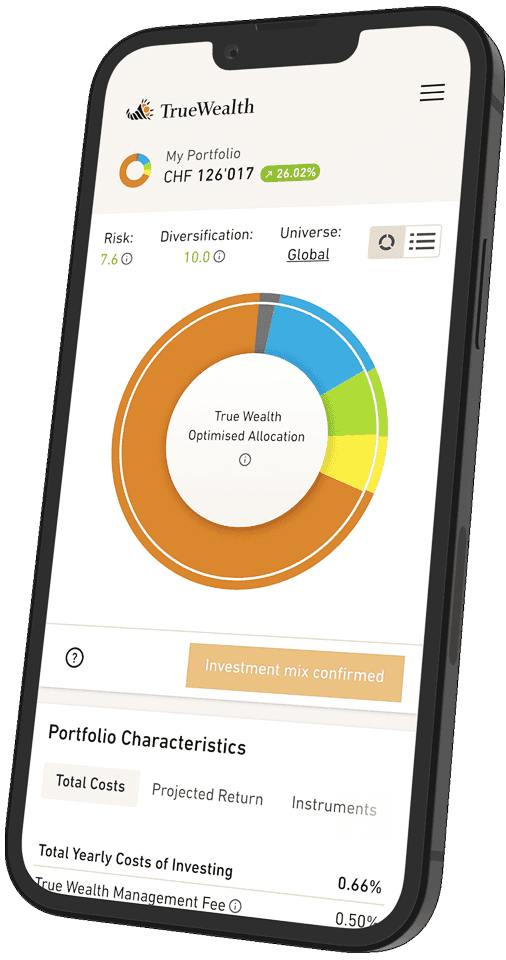#37 Investing with Low Risk: Am I Limited to Swiss Investments?
Many investors with low risk tolerance wonder whether they are limited to investment forms such as savings accounts and medium-term notes.
First of all, it's important to understand the difference between saving and investing.
For our ancestors, saving meant preserving and maintaining. Today, we usually use the word saving in the sense of refraining from consumption in order to do something with the freed-up funds. This does not always have to be money; you can also save energy or an industrial company can save raw materials. In economic terms, we generally speak of saving when we consume less than we could consume. If you do that, you have a surplus. This surplus can be put aside – or invested.
But what does investing mean? Invest comes from the Latin word for clothing. Today, it is understood to mean the use of capital for a specific economic purpose. Those who invest make a surplus available to the economic system. A business uses this surplus to manufacture a product or provide a service.
Of course, this is riskier than squirreling the surplus away in the vault like a squirrel. So the difference between saving and investing is the level of risk.
The central difference: Risk
If you invest in liquid but risky securities, your capital is subject to market fluctuations. In return, you can expect an additional risk premium in the long term. However, these market fluctuations, also known as volatility, may not be fully or easily bearable for an investor with low risk tolerance.
The dilemma is that there is no risk-free investment with high returns: if you don't want to forego returns in the long run, you must either accept fluctuations in value, or the risk is hidden, such as through increased default risk of the bank. Remember the Icelandic banks that lured Swiss customers with high interest rates in Swiss Francs, but then went bankrupt during the financial crisis in 2009.
Low-risk forms of investment
If you are not willing to take much risk, you might be interested in bonds in addition to savings accounts and time deposits. Corporate or government bonds often offer slightly higher returns than savings accounts because the bank's margin is eliminated. Bonds are interesting for conservative investors who are willing to accept slight fluctuations in value until maturity. By the way, the shorter the remaining maturity, the less the price reacts to interest rate changes. However, it's important to pay attention to the creditworthiness of the debtors and ensure broad diversification. For a simple and diversified investment solution, bond ETFs can therefore be useful. These spread the risk across many issuers and provide access to global markets with a small amount of capital.
How True Wealth approaches the topic
We are aware that the selection of Swiss bonds is limited and not all investors are willing or able to take on much currency risk. Therefore, we use a broad range of ETFs and index funds on global bond markets, with and without currency hedging.
A look at our public model portfolio shows how a conservative investment mix can be structured. Move the «risk tolerance» slider to a low level to observe the effects on the portfolio composition.
Do you also have questions about low-risk investing? Write to me in an email with your thoughts and suggestions.
About the author

Founder and CEO of True Wealth. After graduating from the Swiss Federal Institute of Technology (ETH) as a physicist, Felix first spent several years in Swiss industry and then four years with a major reinsurance company in portfolio management and risk modeling.

Ready to invest?
Open accountNot sure how to start? Open a test account and upgrade to a full account later.
Open test account